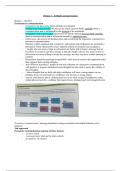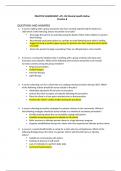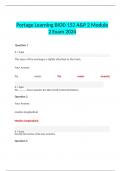Resumen
Summary Social Psychology theme 4 - Persuasion & cognitive dissonance
- Grado
- Institución
This summary is about theme 4 of social psychology: Attitudes to persuasion & Cognitive dissonance. You’ll read about the different theories concerning these subjects, how they relate and differ from each other.
[Mostrar más]





